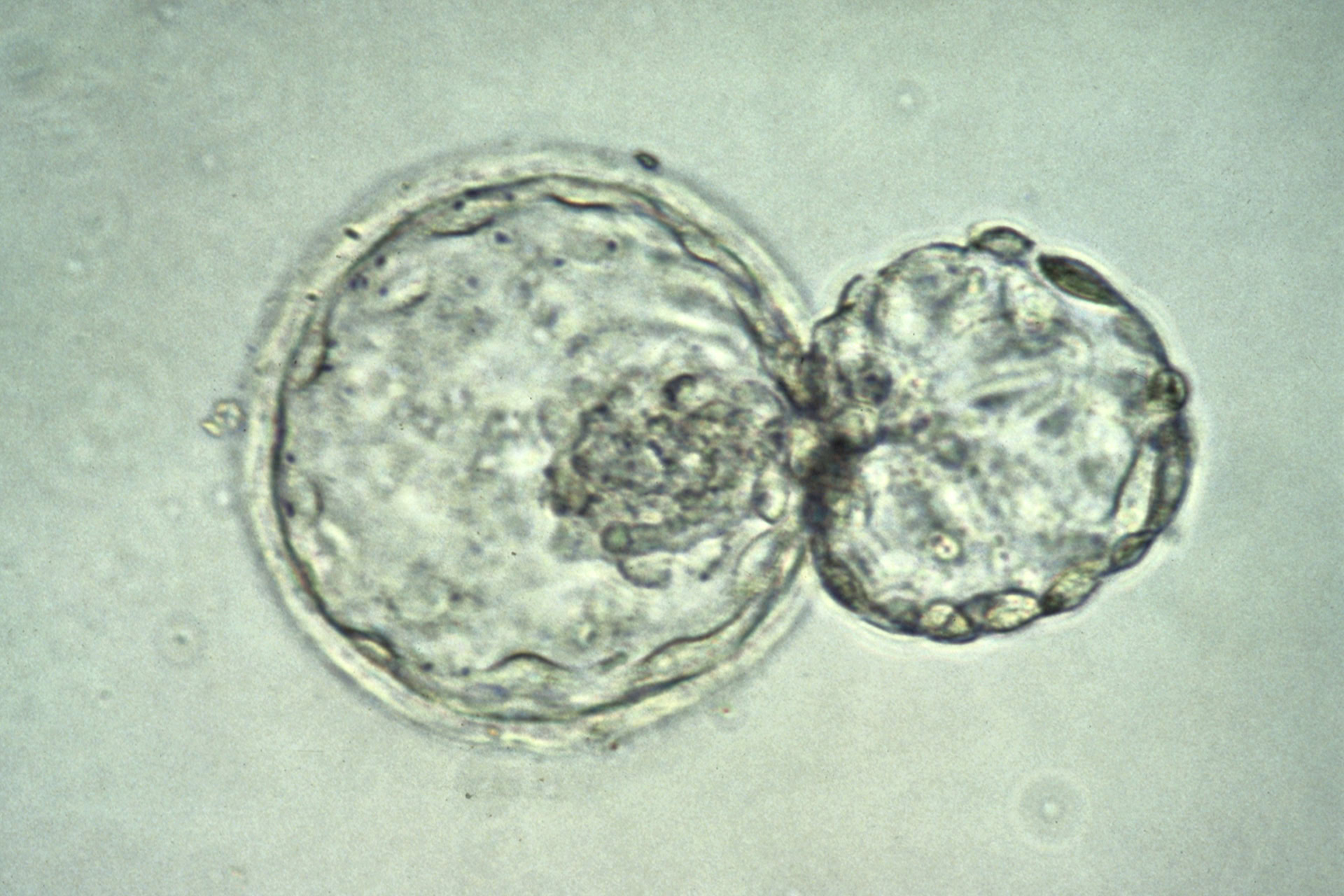The US National Institutes of Health (NIH) has launched a website through which scientists can request their human embryonic stem cell (ES cell) lines to be approved for federally funded research. Eligible lines will appear on the NIH Human Embryonic Stem Cell Registry, also accessible online. Dr Francis Collins, Director of the NIH, has appointed a working group to assist him in deciding which lines will be approved.
This is a major step in President Obama's initiative to lift the ban - created by the Bush administration - on the federal funding of human embryonic stem cell research, as announced in March. The NIH published guidelines for the eligibility of human ES cell lines in July, forbidding the use of embryos specifically created for research purposes, thus restricting research to surplus embryos from IVF treatments. Full and informed consent from the donor is also required.
Criticism from the scientific community on earlier drafts of the guidelines led to leniency for ES cell lines created before 7 July 2009, as otherwise many of the 700-plus privately funded ES cell lines created previously may not have been eligible. The current guidelines require only that 'core ethical principles and procedures' in obtaining consent for previously created cell lines adhere to the guidelines, but the details of the consent procedures may vary. For ES cell lines created after this date to be approved, the donor must give consent on two separate consent forms specified by the NIH.
The working group appointed by Dr Collins to apply the guidelines to the ES cell lines submitted on the website consists of experts in genetics, law, medicine and ethics. It is chaired by Dr Jeffrey Botkin, a medical ethicist at the University of Utah. This working group reports to the Advisory Committee to the Director of the NIH. Aided by the recommendation of his Advisory Committee, the Director makes the final decision as to the eligibility of submitted ES cell lines.
Approved ES cell lines will appear on the NIH Human Embryonic Stem Cell Registry, where scientists can check which cell lines can be used in US federally funded research.





Leave a Reply
You must be logged in to post a comment.